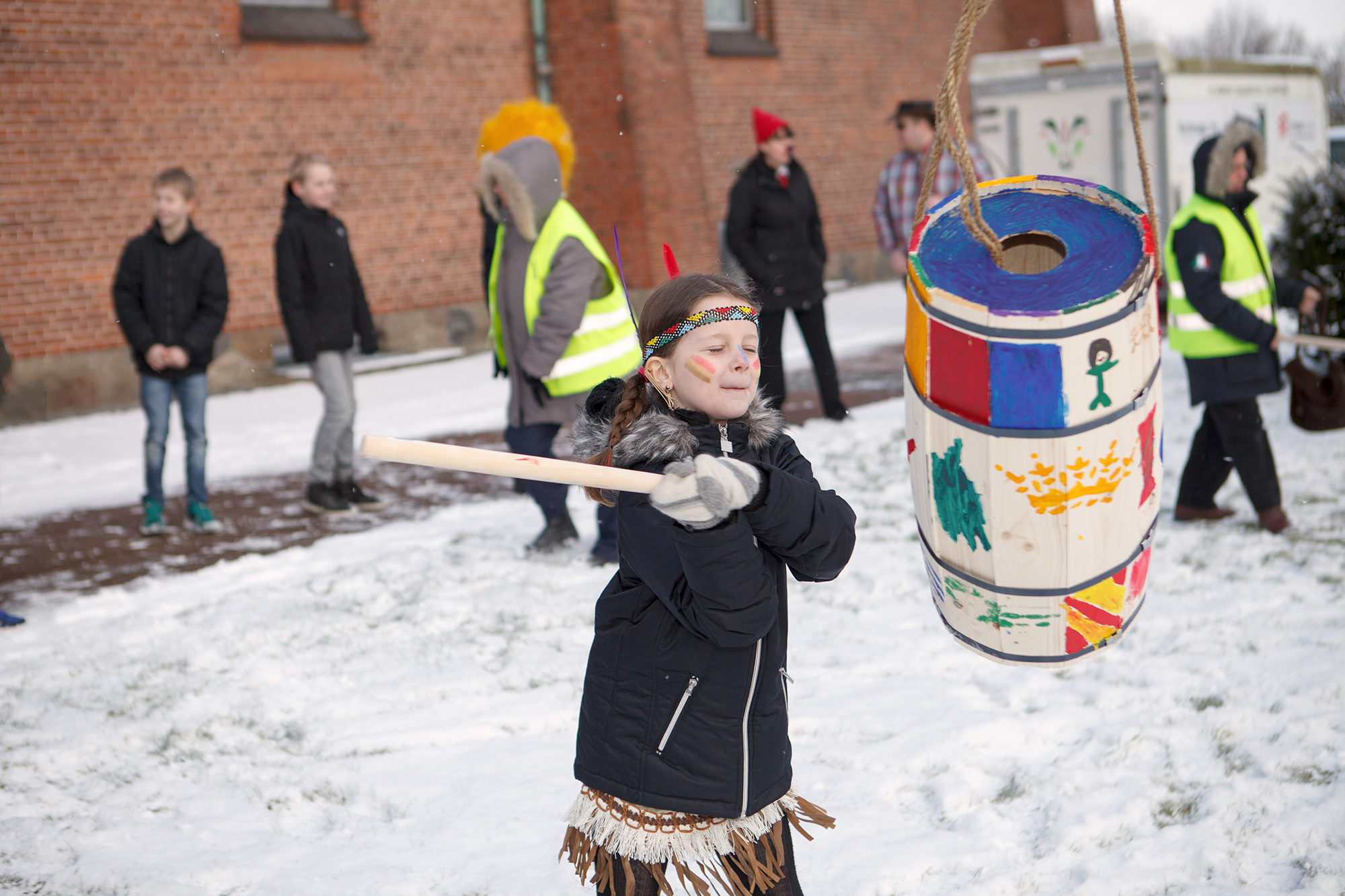“Fastelavn er mit navn” is a very common phrase sung by Danish children and their parents when celebrating the fun and festive – but not so widely known – Nordic holiday of Fastelavn (pronounced something like “fest-e-laun”). Celebrated in February or early March across Denmark, Finland, Iceland, Norway and Sweden, Fastelavn means “the evening before Lent”, as the holiday is based on the Catholic tradition of celebrating the run-up to Lent.
During Lent, which traditionally lasts for 40 days, eating fatty foods and meat was not allowed, and historically Fastelavn served as a ritual-based feast to prepare for this period of abstinence. Today, however, Lent is not widely practised among Nordic people, so Fastelavn has largely become a fun-focused children’s festival featuring merry and distinctive traditions – some of which are in fact based on rather dark rituals of the past.
This year, Fastelavn falls on Sunday 14 February in Denmark and Norway and Tuesday 16 in Sweden and Finland, whilst the Icelanders will be celebrating from Monday 15 to Wednesday 18 February. Even though the Nordic countries are tightly knit in many ways, each nation has its own distinct way of celebrating, and each unique Fastelavn tradition is worth experiencing. If you’re not in Denmark, Finland, Iceland, Norway or Sweden to experience Fastelavn for yourself, read on and learn more about this special tradition.
Cover image: A girl “beats the cat out of the barrel” at Fastelavn in Denmark. Flickr/Sonderberg.dk
? Fastelavn parades
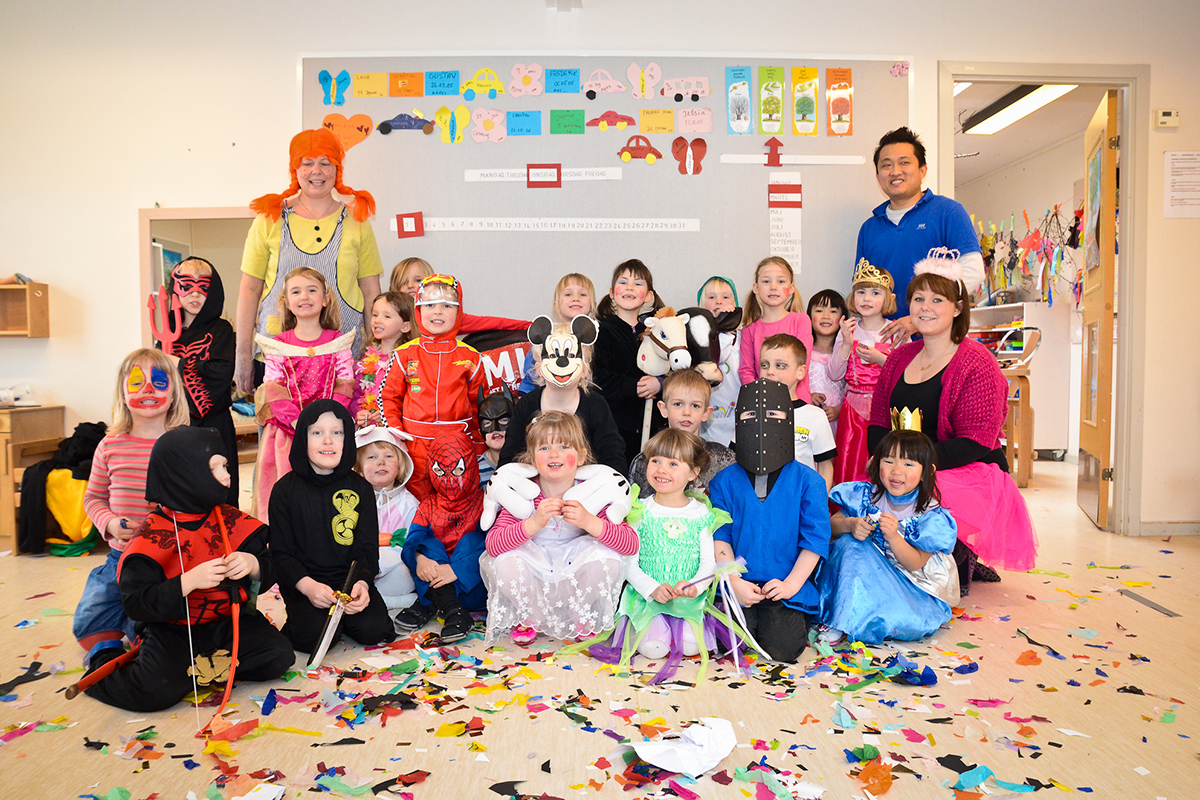
In Denmark and Norway, Fastelavn is first and foremost a carnival. Children at pre-school and primary-school age (and some cheery parents) dress up in costumes ranging from the highly popular princess or superhero, to more creative and quite funny takes, such as a bucket of popcorn, a whoopie cushion or their favourite celebrity.
On the Monday after the Fastelavn Sunday in Denmark and Norway, children go to school in their costumes and take part in a special parade for the school’s older pupils, teachers and (occasionally) parents to behold. Marching around various school buildings, the children sing the traditional and cheerful song “Fastelavn er mit navn” (literally “Fastelavn is my name”) – the central message of which is the singers’ demand for the special holiday pastry fastelavnsboller (“Fastelavn buns”) by threat of shenanigans if this demand isn’t met.
In Iceland, children dress up on Ash Wednesday, called Öskudagur, to tour the streets of their town centre. Whilst unquestionably a sight to behold, Icelandic children don’t just show off their costumes for the sole purpose of pleasing their spectators – they’re in it for the sweets! On this day, shops and businesses are stocked up with sweets and the merrily clad children go from shop to shop to collect their bounty by singing to the cashiers.
? “Beating the cat out of the barrel”
Fastelavn is an important event, especially in Denmark, and as a result, the Danes have certain traditions that are practised more or less exclusively in their country. One of these is the tradition of slå katten af tønden (“beating the cat out of the barrel”), now a lovely party game for children, but once a gruesome religious ritual.
It was once believed that cats were witches’ companions and therefore symbolised evil. To protect themselves from these wicked forces, people locked a cat in a barrel, strung it up and started beating it with clubs until the barrel broke. The terrified cat would then jump out and run away – if it wasn’t mutilated – which was interpreted as a metaphor for evil leaving the town.
Today, actual cats are fortunately nowhere to be found in Fastelavn barrels. Instead, they often contain a drawing of a cat, but most importantly, they are now filled with sweets, just like a piñata. One by one, children (dressed up of course) try their luck breaking open the barrel by adding one solid hit to it with a baseball bat. As the barrel is made of wood, it’s relatively sturdy, so the children often have quite a few chances to be the one to break it open and release the sweets.
The person who beats open the barrel and makes the sweets fall out is proclaimed kattekonge (“king of cats”) and coronated with a shiny paper crown. The game continues until somebody knocks down the last board of the barrel. This person will then receive a smaller crown and the title of kattedronning (“queen of cats”). The sweets are then shared out amongst the children.
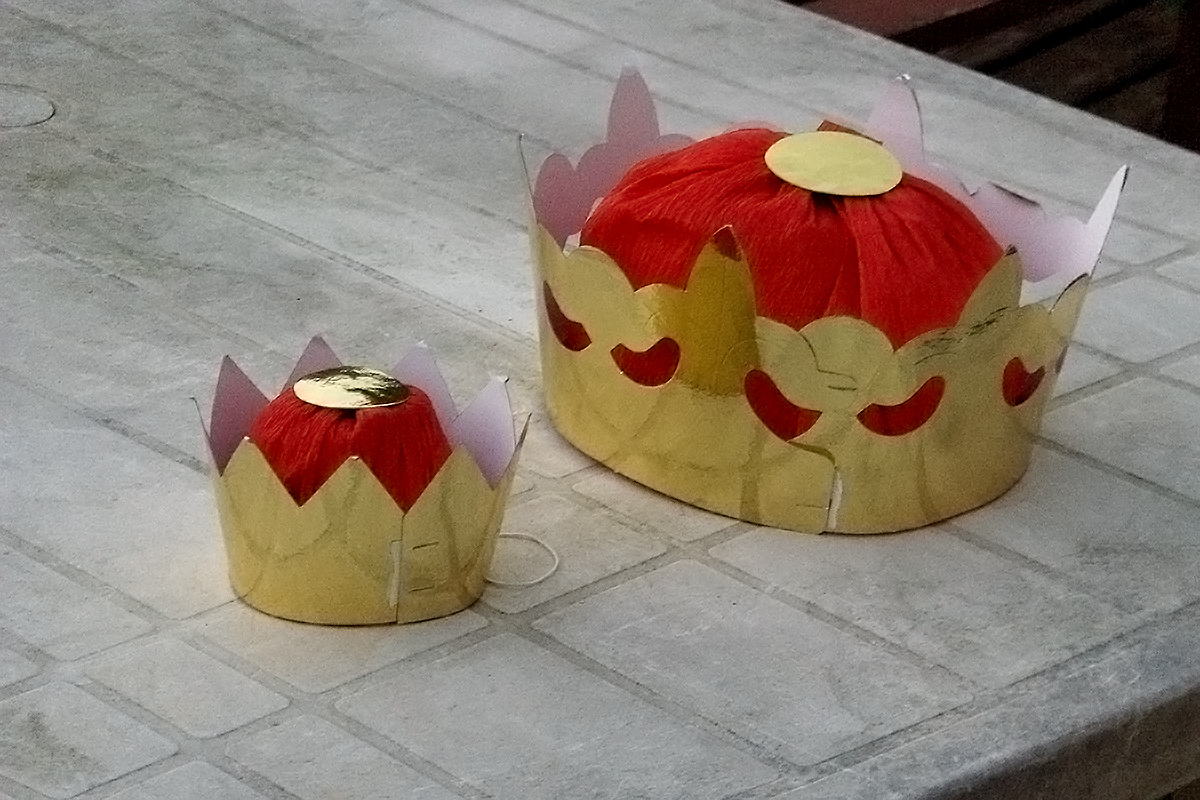
? Trick or treasure
Another Fastelavn tradition exclusive to Denmark is “rattling” (at rasle), where children walk around their neighbourhoods collecting money, very similar to trick-or-treating on Halloween. On Fastelavn Sunday, children put on their costumes, grab a collection box or small plastic container and walk from door to door to sing to their neighbours in the hope of receiving a coin or two to spend themselves. Whilst singing, the children shake their collection boxes so they rattle, or rasler.
In some regions, children receive a Fastelavn bun instead of money and as a result, children can choose between two different songs when going “rattling”. If requesting buns, the children will sing the aforementioned “Fastelavn er mit navn”, in which the lyrics say to give the singer some fastelavnsboller, or else they’ll make trouble. If requesting coins, the children sing a slightly adapted version of “Fastelavn er mit navn”, namely “Penge op, penge ned” (literally “Money up, money down”), which gives the neighbour the option of giving the children some change or falling victim to a trick. It’s all good fun, and most people are more than happy to open their doors to hear and see the dressed-up children sing.
Arguably, the practice is not as popular today as it was a decade ago, but there’s still a good chance of “trick-or-treasurers” knocking at your door if you live in an area largely inhabited by families with children in the primary-school age – in which case you better have some change ready!
? Fastelavnsris – a colourful decoration
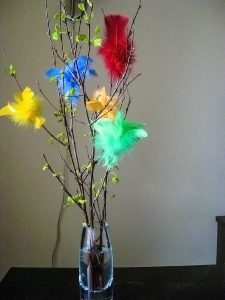
For Fastelavn in Denmark and Norway, families decorate their homes with colourful birch twigs known as fastelavnsris (pictured right, Flickr/Rutsimta). These twigs are adorned with multi-coloured feathers and paper ornaments and sometimes also sweets, and they’re often arranged in vases around the home to symbolise the transition from the long, cold winter to the vibrant and fruitful spring.
Originally, the twigs were used to flog young, childless women to make them fertile. There was a pagan superstition that birch twigs possessed the power of fertility, and as a result, young men were allowed to flog young women passing by.
Traditionally, children also used these twigs to (gently) thwack their parents to wake them up on the morning of Fastelavn Sunday. The reward for this thwacking was always a bun, which gave birth to the tradition of the delicious pastry fastelavnsboller.
? Traditional Fastelavn foods
No Nordic tradition is complete without food – Fastelavn is of course no exception. In fact, fastelavnsboller, or in English “Fastelavn buns”, might be the only traditional aspect that is represented across all the Nordic countries’ distinctive Fastelavn celebrations to this day. Each country has their own take on this sweet holiday treat, but what characterises all of them is their round shape, puffy texture and delicious filling (which varies by country).
In Sweden, Fastelavn is known as Fettisdagen (Fat Tuesday) and is largely celebrated with baking and eating semlor (pictured below), the Swedish version of the fastelavnsboller. The semla (singular form of semlor) contains a sweet filling of whipped cream and almond paste similar to marzipan, whilst the bun itself often contains aromatic cardamom and is sprinkled with icing sugar.
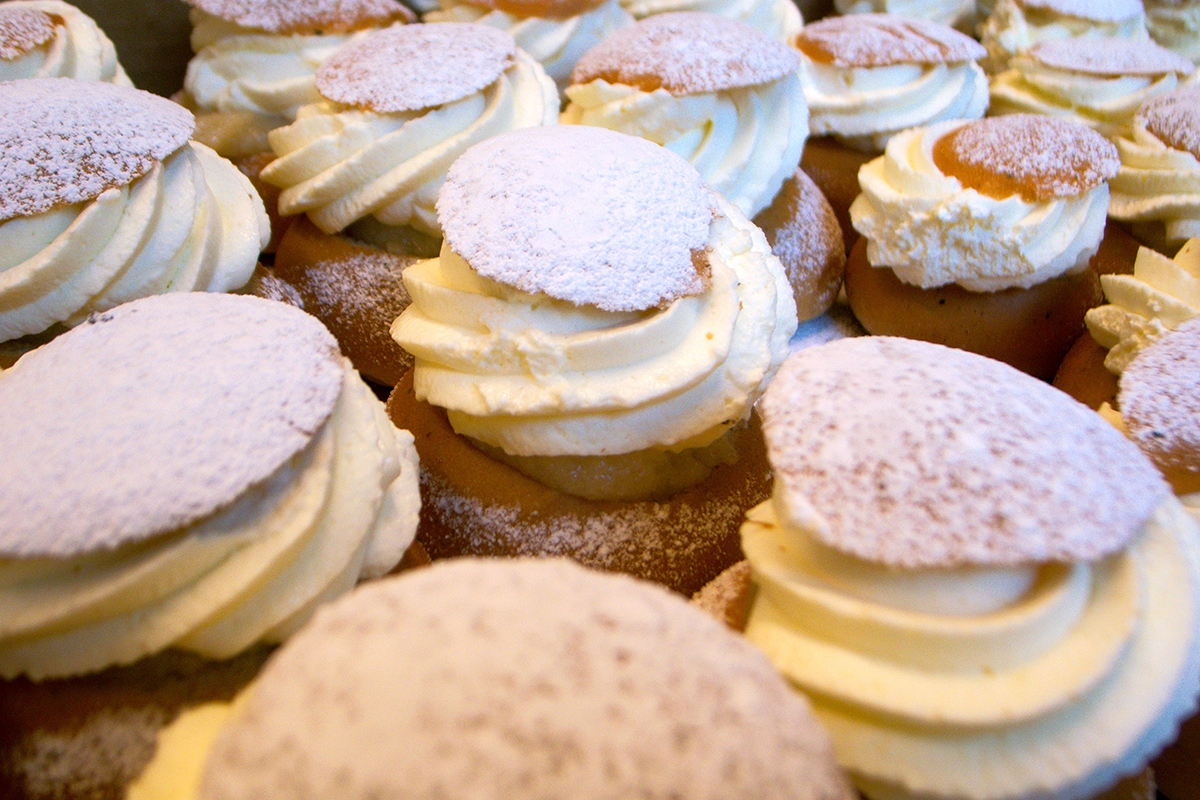
Danish fastelavnsboller are a bit different as they typically contain a thick, sweet cream and are topped with icing, whilst the Norwegian version is filled with jam, whipped cream or an almond filling. Across the Nordic countries, fastelavnsboller are highly popular and are sold from shortly after Christmas to well into March.
In Finland and Iceland, a traditional evening meal is part of the festivities on Shrove Tuesday, traditionally the day before Lent. On this day, called Laskiainen in Finland, the Finnish take their sledge out for a fun day in the snow and then return home for a hot meal of pea soup and their version of the Fastelavn bun, the delicious laskiaispulla, which is much like the semla.
Icelanders typically eat a dish of split pea soup accompanied by salted lamb on this day, but of course the bun is also part of the celebrations – in fact so much so that Iceland has a whole day devoted to the pastry, namely Bolludagur or “Bun Day”, on the day before Shrove Tuesday.
I hope you’ve enjoyed this tour of Fastelavn traditions across the Nordic countries. Even if you can’t be there in person to witness them or take part, you’ve probably learnt something new about this unusual and lesser-known Lent celebration. Glædelig fastelavn!
